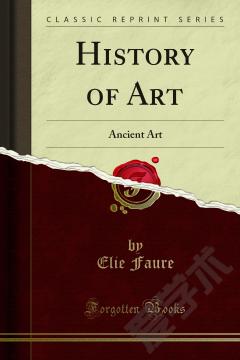The Frame in Classical Art: A Cultural History
The frames of classical art are often seen as marginal to the images that they surround. Traditional art history has tended to view framing devices as supplementary 'ornaments'. Likewise, classical archaeologists have often treated them as tools for taxonomic analysis. This book not only argues for the integral role of framing within Graeco-Roman art, but also explores the relationship between the frames of classical antiquity and those of more modern art and aesthetics. Contributors combine close formal analysis with more theoretical approaches: chapters examine framing devices across multiple media (including vase and fresco painting, relief and free-standing sculpture, mosaics, manuscripts and inscriptions), structuring analysis around the themes of 'framing pictorial space', 'framing bodies', 'framing the sacred' and 'framing texts'. The result is a new cultural history of framing - one that probes the sophisticated and playful ways in which frames could support, delimit, shape and even interrogate the images contained within.
{{comment.content}}








 京公网安备 11010802027623号
京公网安备 11010802027623号